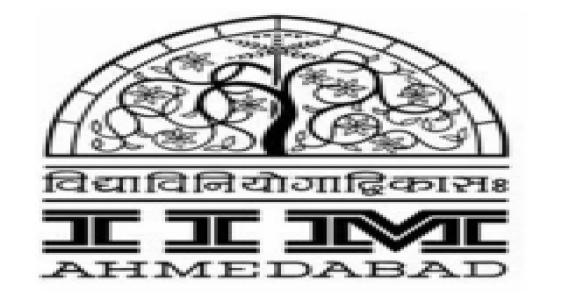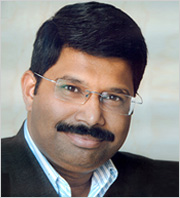
Let’s begin this ‘edutour’ by remembering the genesis of the Indian Institutes of Management.
The seeds were sown in mid-1950s when for the Second Five Year Plan a committee under the chairmanship of industrialist Sir Ramaswamy Mudaliar was appointed “to estimate the managerial requirement of future expansions of industrial and commercial sectors” The committee recommended the “setting up of special training facilities outside the Universities for greater flexibility and autonomy, and for quickening the pace of management training and education in
Acting on this advice, the Government of India set up two IIMs – at Ahmedabad and
IIM-Ahmedabad
In its initial years, IIM-A was guided by the vision of leaders like the late Dr Vikram Sarabhai. The IIM-A website says, “It all started with Dr Vikram Sarabhai and a few other public spirited industrialists realizing that agriculture, education, health, transportation, population control, energy, and public administration were all vital elements in a growing society and that it was necessary to link these meaningfully with industry. The result was the creation of the Indian Institute of Management-Ahmedabad in 1961 as an autonomous body with the active collaboration of the Government of India, the Government of Gujarat, and industry.”
Prof Bakul Dholakia, director, IIM-A, adds: “IIM-A was established on December 11, 1961. Everything around IIM-A echoes the vision of the founders and the process of change they initiated."
For IIM-A, the 1960s was the ‘Decade of Birth’ where IIM-A’s philosophy took roots. Importantly, while
Remembering the contribution of Dr Sarabhai, N R Narayanmurthy, chairman of the IIMA board, had this to say: “IIM-A was founded by a great visionary, the late Dr Vikram Sarabhai, to produce high quality managers for the Indian context. The institute has, indeed, fulfilled this objective in an able manner during the last 40 years.”



























